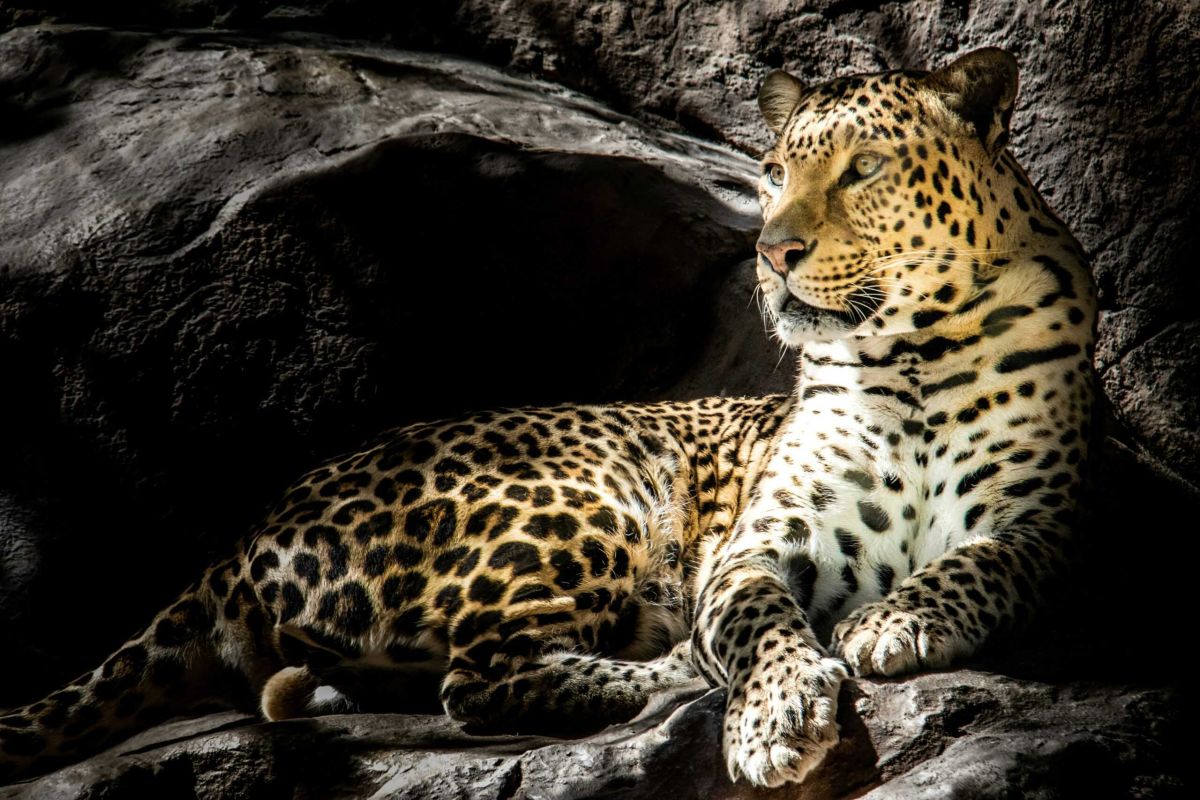The Leopard: Nature’s Stealthy Hunter

Leopards (Panthera pardus) are among the most captivating and elusive big cats in the world. Renowned for their stunning coats adorned with rosettes, these magnificent creatures are not just beautiful; they are also incredibly adaptable, intelligent, and skilled hunters. This blog aims to peer into the fascinating world of leopards, exploring their behavior, habitats, conservation status, and their critical role in the ecosystem.
Physical Characteristics
One of the most striking features of leopards is their distinctive fur pattern. The coat ranges from golden-yellow to dark tawny, peppered with dark rosettes and spots, which serve as excellent camouflage in various environments. Adult leopards typically weigh between 80 to 200 pounds and measure about 4.25 to 6.25 feet in length, excluding their long, muscular tails.
Their physical attributes are not just for show; leopards possess extraordinary strength and agility. They are known for their ability to climb trees, where they often stash their prey to avoid scavengers. This climbing ability is complemented by their powerful limbs and sharp retractable claws, making them formidable predators.
Habitat and Distribution
Leopards are incredibly versatile and can be found in a range of habitats, from savannas and grasslands to forests and mountains. Their distribution spans across sub-Saharan Africa and parts of Asia, including India, Sri Lanka, and Southeast Asia. This wide range results from their adaptability and ability to thrive in various environments.
In the wild, leopards are solitary animals, with males and females only coming together during mating. They establish territories that vary in size depending on the availability of prey and the density of other leopards. Males typically have larger territories than females, which they fiercely defend against intruders.
Diet and Hunting Behavior
Leopards are opportunistic carnivores with a diverse diet that includes antelope, deer, birds, and smaller mammals. Their hunting technique relies heavily on stealth and patience; they often stalk their prey and use ambush tactics to spring into action at the right moment.
Once they successfully capture prey, leopards display remarkable strength by dragging their kill up into trees, where they can feast undisturbed. This behavior also showcases their incredible climbing skills and allows them to keep their meal away from larger predators like lions and hyenas.
Communication and Social Behavior
Although leopards are solitary animals, they do communicate with each other using a variety of vocalizations, body language, and scent markings. They are known for their distinctive roars, which can be heard over long distances. These vocalizations play a crucial role in territory marking and mating behavior.
Leopard mothers are devoted caregivers, often raising their cubs alone. The gestation period lasts about 90 to 105 days, after which a female typically gives birth to two to four cubs. The cubs remain dependent on their mother for about two years, during which she teaches them critical survival skills.
Conservation Status
Despite their adaptability, leopards face numerous threats, including habitat loss, poaching, and human-wildlife conflict. As their natural habitats are increasingly encroached upon by agriculture and urban development, their populations are declining. In some regions, leopards are viewed as threats to livestock, leading to retaliatory killings.
The International Union for Conservation of Nature (IUCN) classifies leopards as “Near Threatened,” primarily due to habitat fragmentation and hunting pressures. Various organizations are working to protect these majestic cats through conservation efforts, anti-poaching initiatives, and habitat restoration projects.
Conclusion
Leopards are more than just symbols of strength and grace; they are essential components of the ecosystems they inhabit. Their role as apex predators helps maintain the balance of the natural world, controlling prey populations and ensuring biodiversity. As we continue to learn more about these incredible animals, it is vital that we advocate for their protection and work to secure a future where leopards can roam freely in their natural habitats. By raising awareness and supporting conservation efforts, we can help ensure that these magnificent creatures remain a part of our planet for generations to come.



